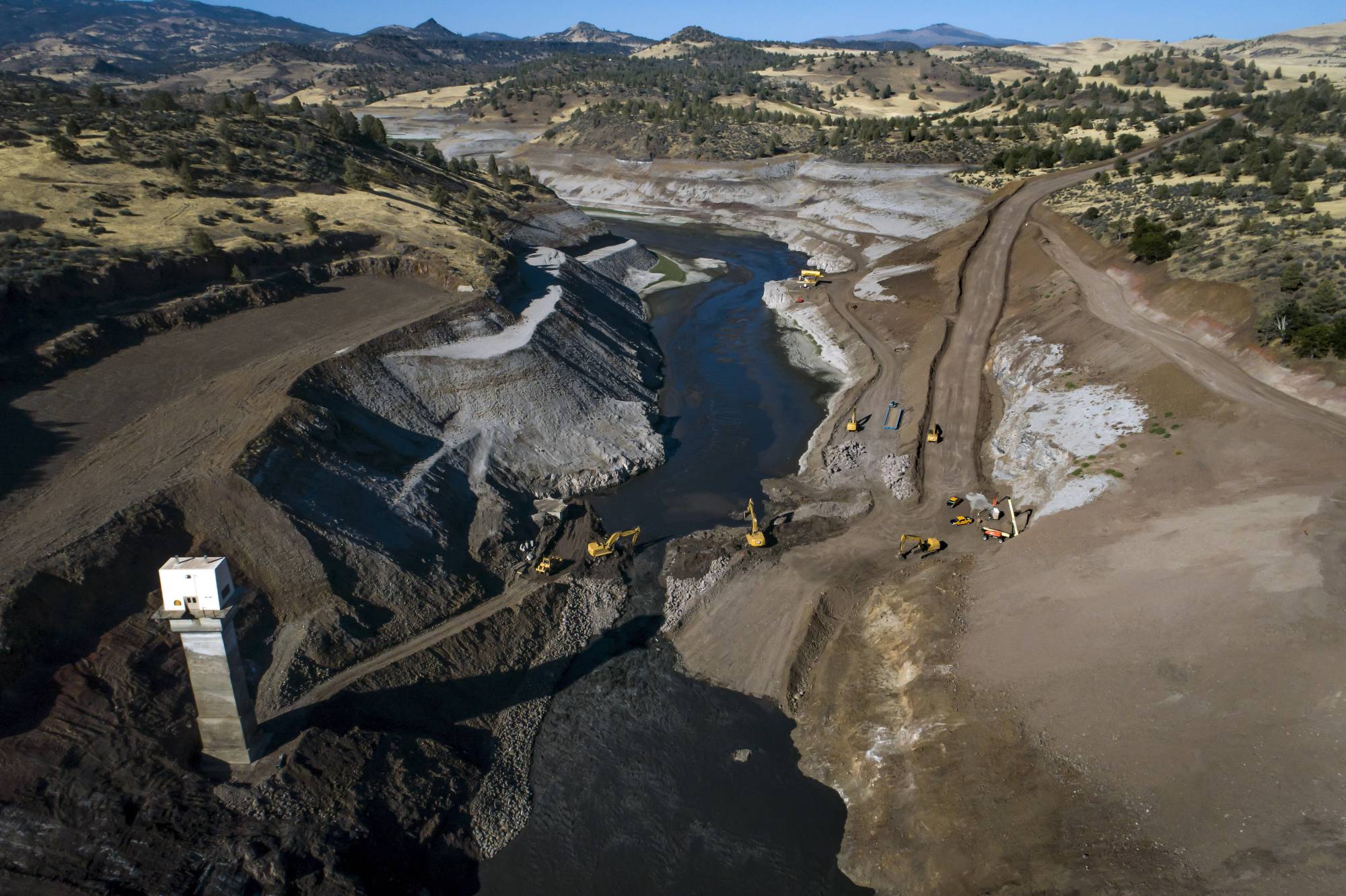
"The Klamath Basin is a large, beautiful area of southern Oregon and far Northern California, historically celebrated for fishing, hunting, and agriculture."
"The river has been the center of life for many tribes who rely on salmon and trout for food; the Klamath was once the third-largest salmon run on the West Coast."
"Dams produced electric power but were not designed to coexist with fish, and as support grew to remove them, the Klamath River has been reborn in a more natural state."
"Land is increasingly being returned to tribal control, with about 15,000 acres recently turned over from a conservation group to the Yurok, signaling revitalization along the Klamath."
The Klamath River, spanning 268 miles from southern Oregon to northern California, is a critical resource and recreational area. It serves as the ancestral homeland for several tribes and has suffered ecological damage from four dams that affected fish populations. The removal of these dams has allowed the river to flow freely, promoting a natural ecosystem and supporting the revival of the salmon run. In addition, land is being returned to tribal authorities, indicating a period of change and revitalization in the Klamath region.
Read at Kqed
Unable to calculate read time
Collection
[
|
...
]